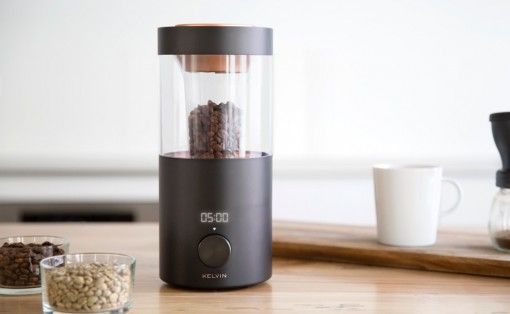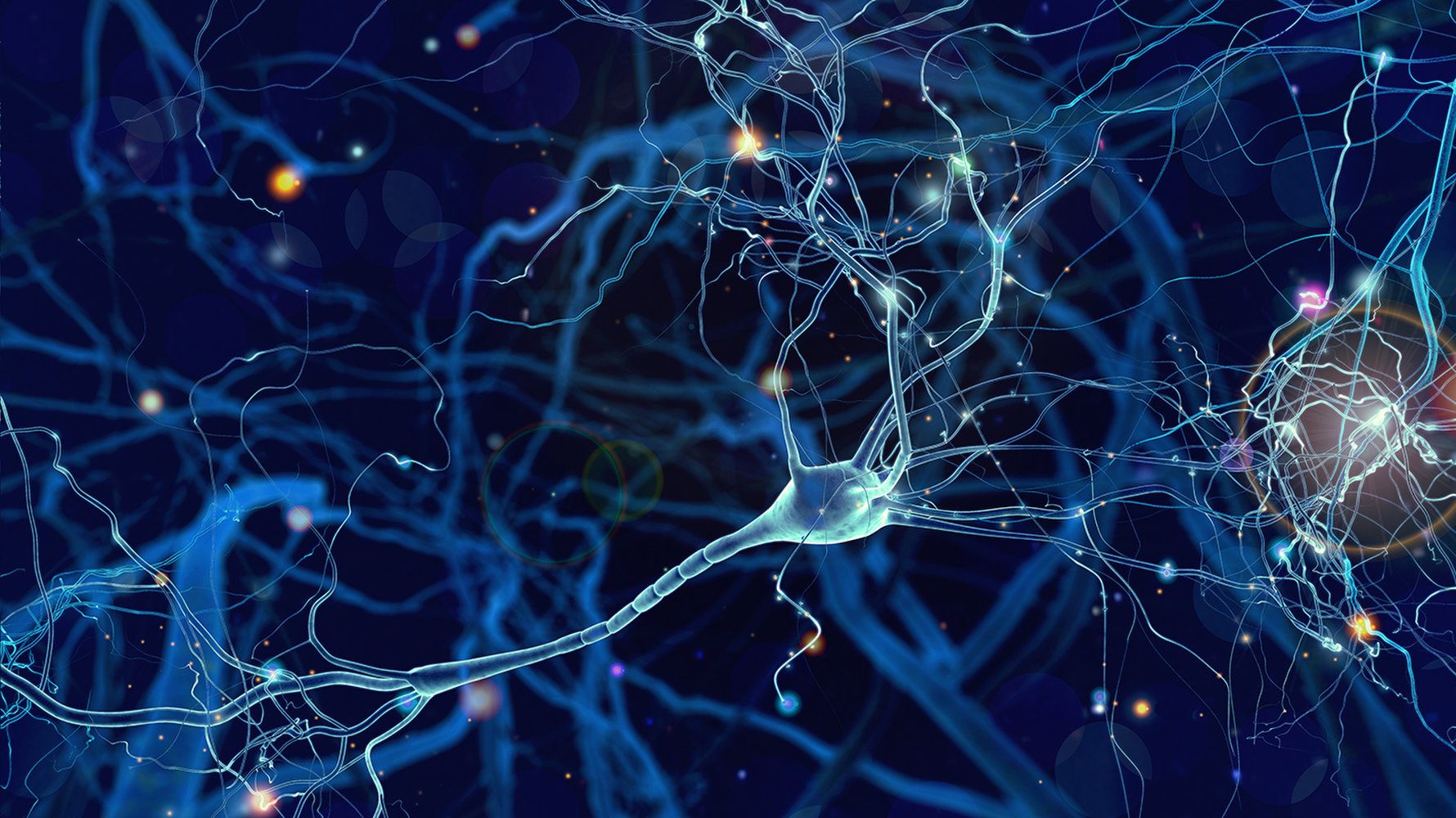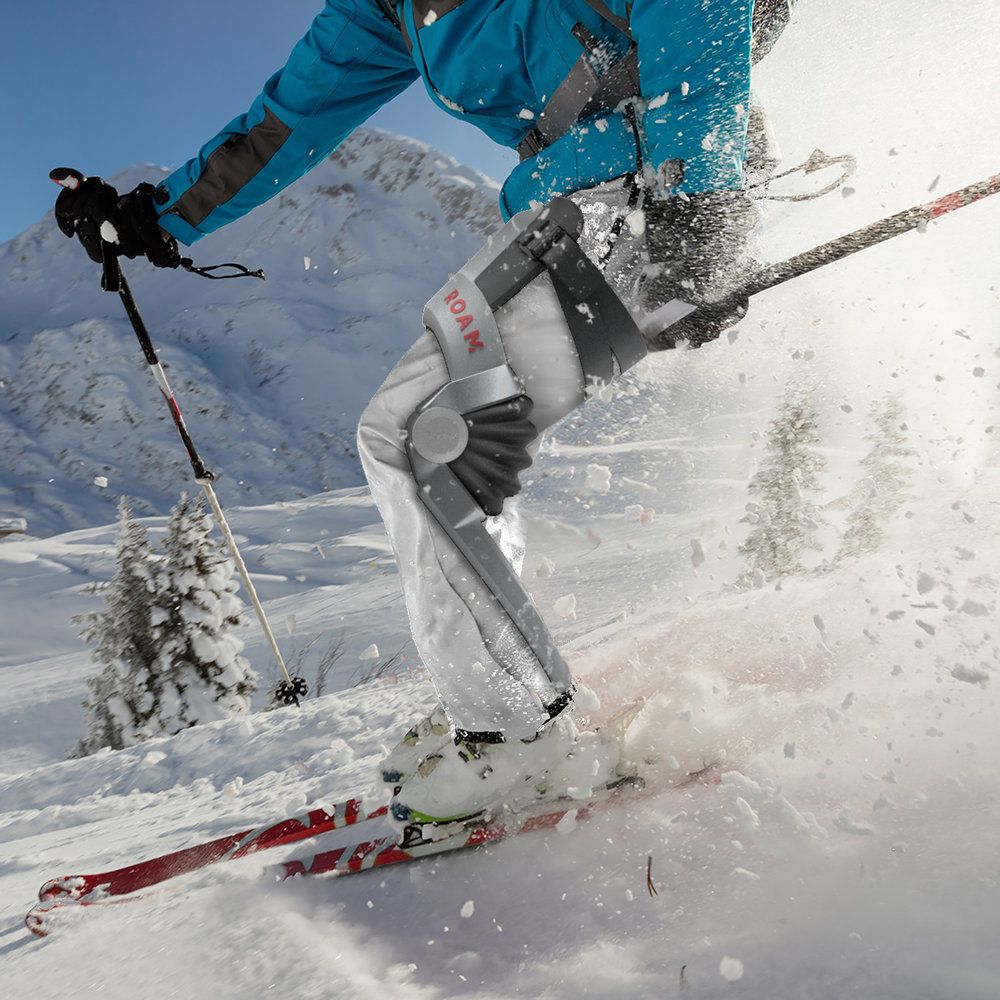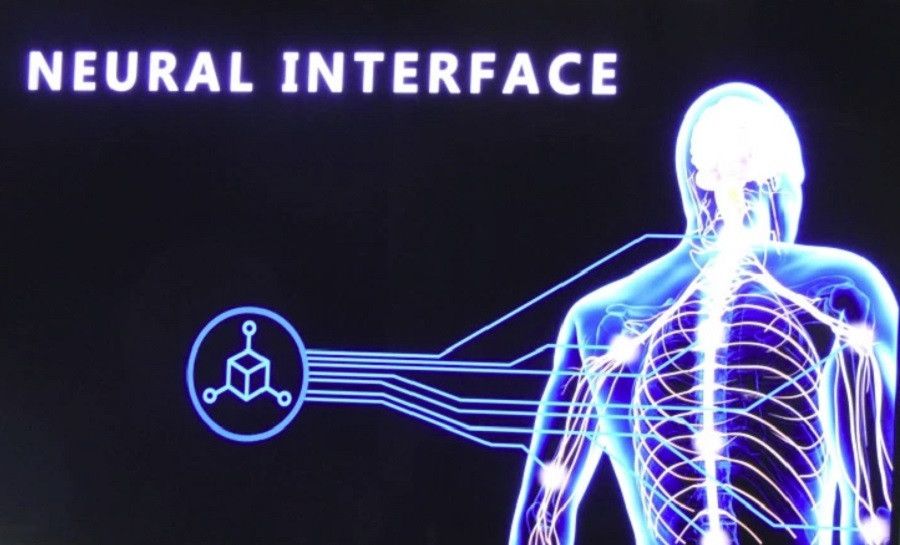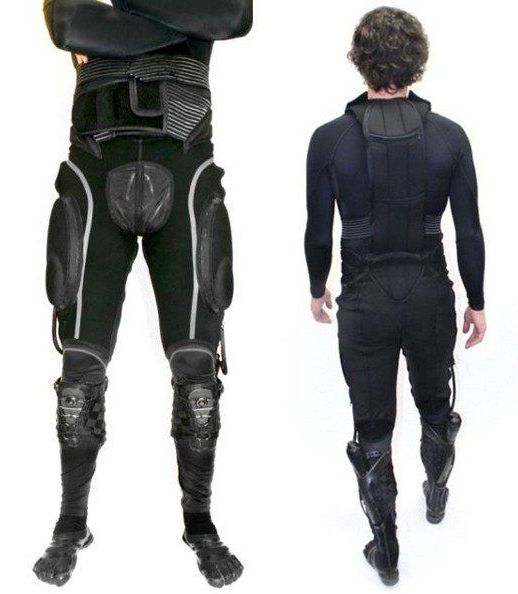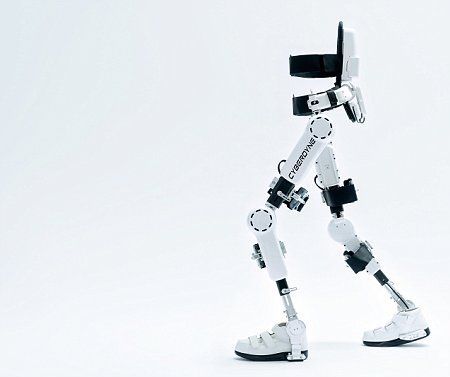This one’s kinda hard to swallow so take a deep breath, open your minds, and pretend it’s 2100. I CONTACT is essentially a mouse fitted to your eyeball. The lens is inserted like any other normal contact lens except it’s laced with sensors to track eye movement, relaying that position to a receiver connected to your computer. Theoretically that should give you full control over a mouse cursor. I’d imagine holding a blink correlates to mouse clicks.
The idea was originally created for people with disabilities but anyone could use it. Those of us too lazy to use a mouse now have a free hand to do whatever it is people do when they sit at the computer for endless hours. I love the idea but there is a caveat. How is the lens powered? Perhaps in the future, electrical power can be harnessed from the human body, just not in a Matrix creepy-like way.
Designers: eun-gyeong gwon & eun-jae lee.
